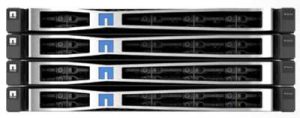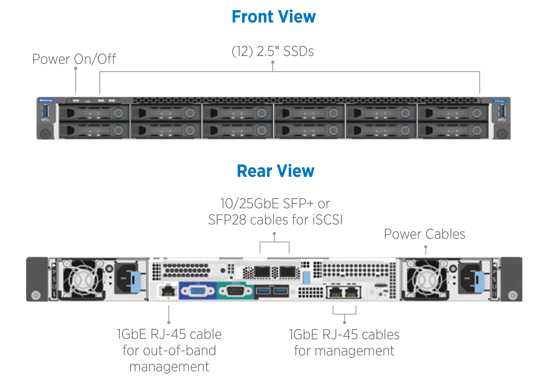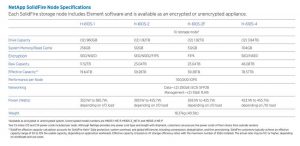NetApp: Be Your Own Cloud, Introducing SolidFire Enterprise SDS
Automatable, scale-out, and all-flash data storage architecture
This is a Press Release edited by StorageNewsletter.com on October 29, 2020 at 2:20 pm![]() By Sandy MacDonnell, product marketing manager, NetApp, Inc.
By Sandy MacDonnell, product marketing manager, NetApp, Inc.
For more than a decade, SolidFire has delivered performance and efficiency on an automatable, scale-out, all-flash data storage architecture that is easy to deploy and manage.
NetApp, Inc. is announcing SolidFire Enterprise SDS, an enterprise SDS offering. SolidFire eSDS delivers all the features you demand from tier-1 storage – enterprise-grade reliability, predictable performance, secure multitenancy, and more – with the flexibility of independent hardware procurement for business and operational optimization.
What is SolidFire Enterprise SDS?
It is the best of NetApp Element software packaged in containers, giving the flexibility of deploying independently of the SolidFire appliance. With the new SolidFire eSDS offering, you can now select the components that are best for your business: your preferred hardware vendor (check the IMT for details), plus the scalable Element software with guaranteed performance and quality of service.
How is SolidFire Enterprise SDS different from appliance-based?
|
Appliance-based |
eSDS |
|
|
Two deployment options to fit your needs:
-
One storage operating system
-
One API
-
One license
-
One data plane
Not quite ready to make the leap to SolidFire eSDS? Buy one license with appliances with the flexibility to move to a software-defined data center tomorrow. Term capacity licensing for SolidFire appliances and SolidFire eSDS makes it easier and more economical to use Element software across your entire data center, precisely aligned with ever-changing data center needs.
Either way you choose to deploy SolidFire, you get all the benefits of reduced TCO from lower maintenance fees and operational expenses, guaranteed performance for thousands of apps simultaneously, and API first automation.
What else is new with Element?
-
Software and hardware encryption together: Drive lock + software encryption
-
Software encryption at rest: Drive-level encryption with industry-standard algorithms
-
Multilayer volume security: Access group + CHAP + VLANs
-
Multifactor authentication: Increased user security beyond passwords
-
External key management: Centralized key management through industry-standard protocols
Click to enlarge

















 Subscribe to our free daily newsletter
Subscribe to our free daily newsletter


